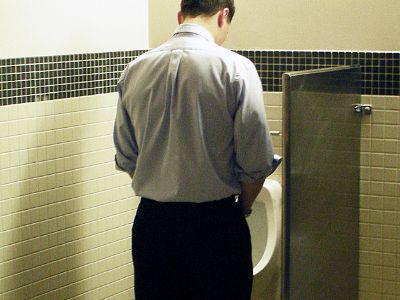
Bladder infection are the most common type of urinary tract infection or UTI. But, any part of your urinary tract can become infected. It affects the urethra, bladder, ureters, and kidneys.
Bladder infection is due to bacteria that enter through the urethra and move into the bladder. It attaches to the walls of the bladder and multiplies quickly. An infection can occur when bacteria from the stool get onto the skin and enter the urethra. In women, the urethra is short, and the external opening of the urethra is not far from the anus, which makes it easy for bacteria to spread from one body system to another

Symptoms of Bladder Infection
- Persistent urge to urinate
- Burning sensation when urination
- Passing small amounts in urine
- Cloudy urine
- Sign of blood in the urine
- Strong-smelling urine
- Pelvic pain in women
- Fever and chills
- Pressure or cramping in the abdomen
The Causes and Risk Factors of Bladder Infection

- Holding your pee. Not emptying your bladder completely can lead to a buildup of bad bacteria in your bladder.
- Kidney stones. It can obstruct your urinary tract and block the normal flow of urine.
- Diabetes. It can cause higher sugar levels in the blood and urine. Higher sugar levels in the urine can promote the growth of bacteria.
- Using catheter. Rather than going to the bathroom, you can drain the urine through these tubes into a bag. A history of UTI can also increase your risk.
- Being sexually active. Having sex can move bacteria toward the front, where it can more easily enter your urethra and travel to your bladder.
- Pregnancy. It leads to changes in the urinary tract, which can make it harder to fully empty your bladder. Pregnancy hormones may also change the chemical makeup of your urine in ways that could encourage bad bacterial growth.
- Menopause. The increased vaginal dryness that often results from a drop in estrogen levels when transitioning to menopause can increase your odds of getting a UTI.
- Wiping the wrong way. Bacteria can enter the urinary tract when you wipe from back to front after using the toilet. Wipe from front to back instead.
Diagnosis and Treatment for Bladder Infection?
After assessing the symptoms, your doctor will recommend urinalysis or urine culture to determine the type of bacteria that causes the infection. Oral antibiotics are used to kill the bacteria that are causing the bladder infection. Medications could be prescribed if you are suffering from burning and pain








